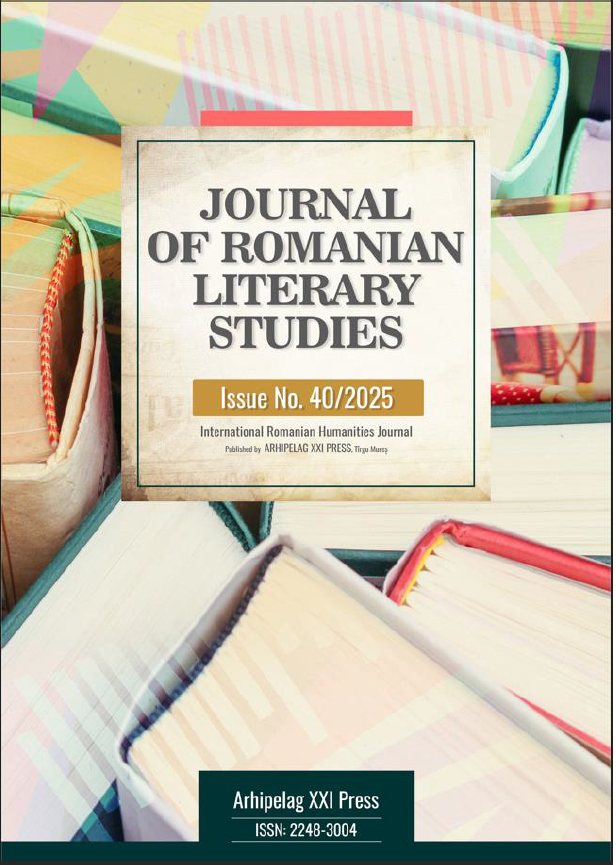A MYTHICAL AND FOLKLORIC REPRESENTATION OF FEMININITY IN ION AGÂRBICEANU’S PROSE
A MYTHICAL AND FOLKLORIC REPRESENTATION OF FEMININITY IN ION AGÂRBICEANU’S PROSE
Author(s): Laura-Camelia KovacsSubject(s): Anthropology, Social Sciences, Language and Literature Studies, Customs / Folklore, Studies of Literature, Sociology, Romanian Literature, Cultural Anthropology / Ethnology, Sociology of Culture, Philology, Theory of Literature
Published by: Editura Arhipelag XXI
Keywords: fabulous; myths; poses of mythical femininity; rituals; desacralization;
Summary/Abstract: Ion Agârbiceanu's prose is, for the most part, based on mythic-folkloric representations of some events rendered on the edge of the collision between the real and the fabulous plane, the one in which predominate myths such as that of the bathhouse, of the undead, of the witch, of the flying or falling into hell, of the demon or of various spirits and mythological beings found in Romanian folklore.The present paper captures the main poses of mythical femininity in Agârbiceanu’s prose, poses such as that of the undead woman, a being considered to be evil due to her power of seduction and persuasion, the pose of the volve woman, symbol of the turbulent aquatic feminine, that of the woman-oracle, harbinger of inexplicable events; there are also exponents of the demonic and of degrading adultery, opposed to angelic figures/devoted wives, the pose of the haunted woman, the reproduction of Mary Magdalene, the biblical motif of repentance, the pose of the devil child/wild devil, incarnated evil/"the sole of hell", the Phoenix-woman, and the list goes on.The hermeneutic approach in this paper consists of an ethno-folkloric and, at the same time, a psychological and anthropological interpretation of several female characters consecrated in Ion Agârbiceanu’s prose, from the perspective of analyzing the most relevant myths, signs, symbols and rituals specific to the Transylvanian collectivity at the beginning of the 20th century. At the same time, all these ancestral beliefs will be counterbalanced by the interference of modern elements, thus tracing the impact of the fusion of the two major influences, the old and the new, in shaping the female characters, a phenomenon that will inevitably lead to their desacralization.
Journal: Journal of Romanian Literary Studies
- Issue Year: 2025
- Issue No: 40
- Page Range: 425-432
- Page Count: 8
- Language: Romanian

